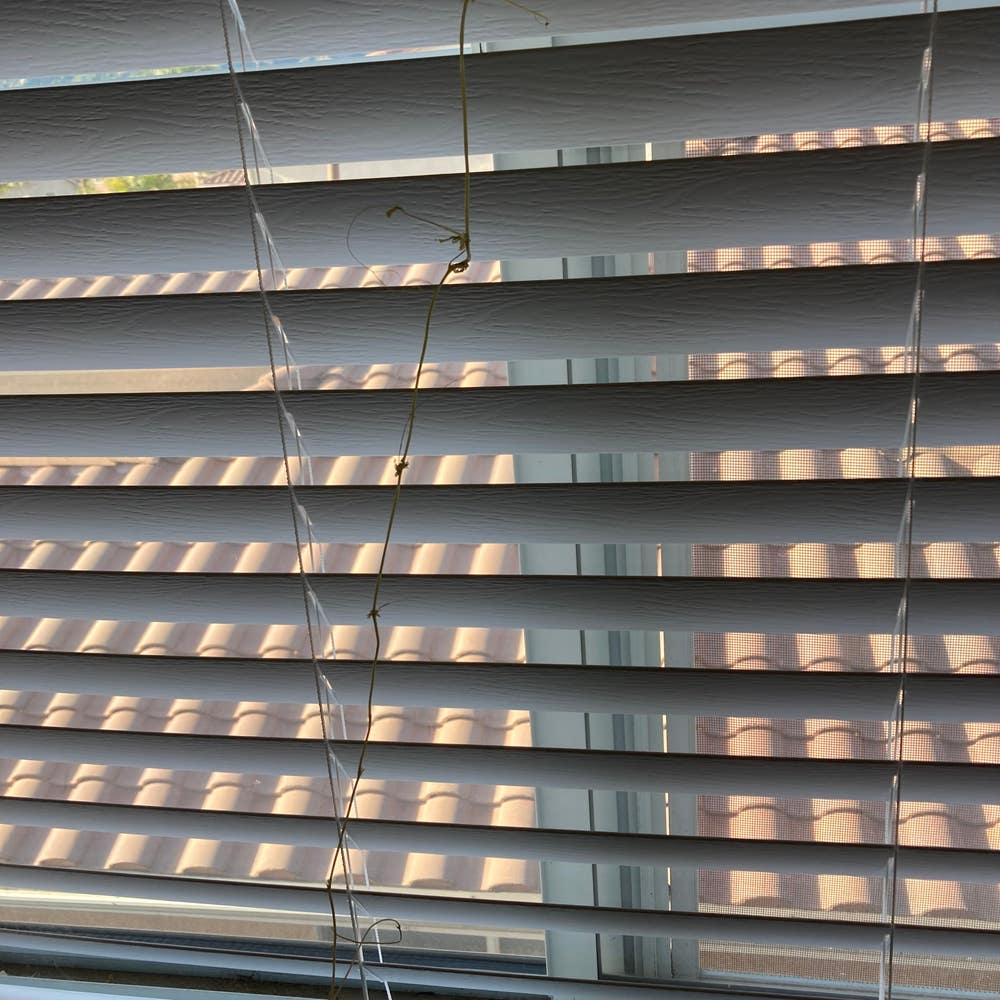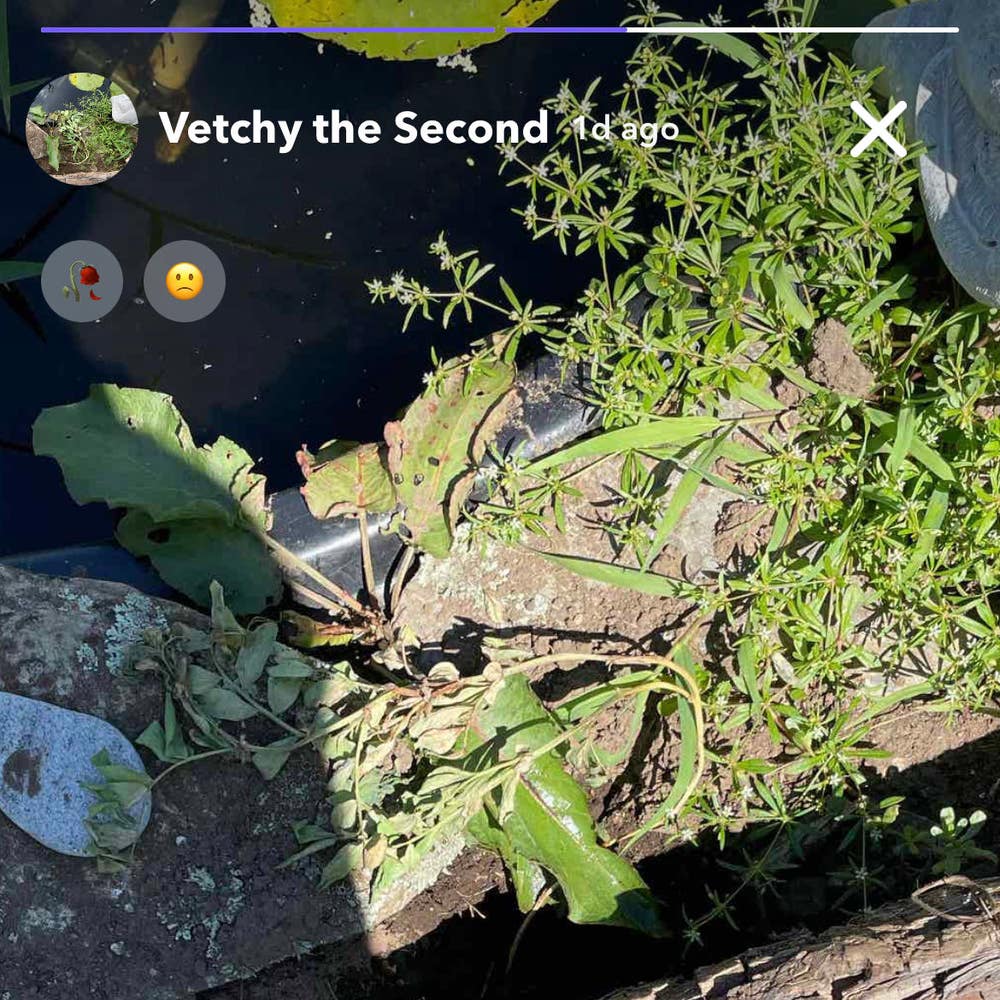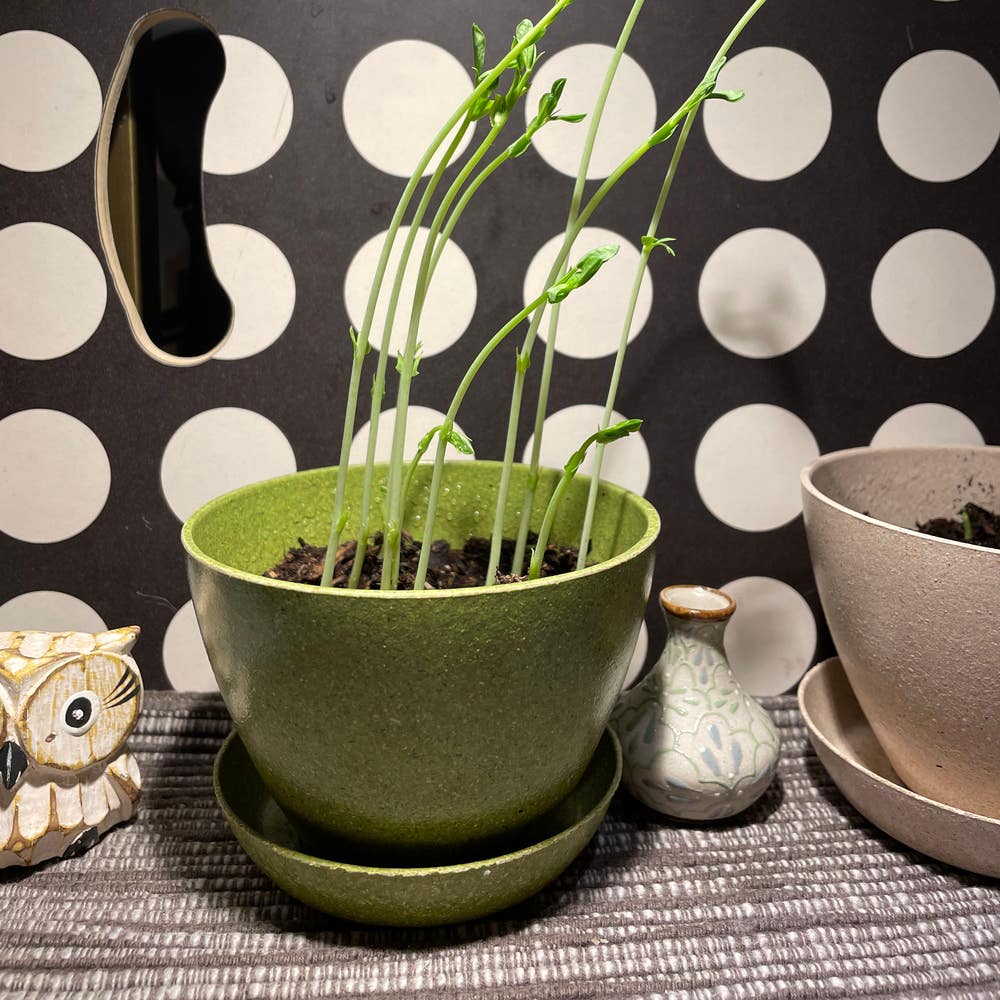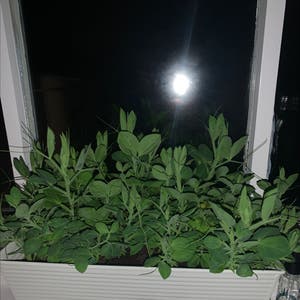




































Lathyrus Latifolius

4.0 out of 5 (1 experiences)
 Fast grower
Fast grower
 Easy to propagate
Easy to propagate
Also known as
Broad-Leaved Sweet Pea, Broad-Leaved Sweet Pea, Everlasting Pea and Perennial Pea
Taxonomy

Lathyrus latifolius
Lathyrus
Fabaceae
Fabales

How to care for Lathyrus Latifolius
How often to water your Lathyrus Latifolius

every 9
Lathyrus Latifolius needs 0.5 cups of water every 9 when it doesn’t get direct sunlight and is potted in a 5" pot.
Use our water calculator to personalize watering recommendations to your environment or download Greg for more advanced recommendations for all of your plants.

Water 0.5 cups every
9
Finding light for Broad-Leaved Sweet Pea in your home

a window
Lathyrus Latifolius love being close to bright, sunny windows 😎.
Place it less than 1ft from a south-facing window to maximize the potential for growth.
Lathyrus Latifolius does not tolerate low-light 🚫.
Select your region to see how the current weather in your area affects the placement of Lathyrus Latifolius in your home 🏡.
How to fertilize Lathyrus Latifolius

Most potting soils come with ample nutrients which plants use to produce new growth.
By the time your plant has depleted the nutrients in its soil it’s likely grown enough to need a larger pot anyway.
To replenish this plant's nutrients, repot your Lathyrus Latifolius after it doubles in size or once a year—whichever comes first.
-
So I planted pea sprout seeds a few days ago but didn’t germinate the seeds. So should I leave them be or germinate them?
-
My plant is dying and I don’t know what’s wrong My plant pete has been dying and I don’t know what’s wrong. So it first started when his soil was wet for a very long time and when it first in a long time turned dry only in the middle though, I took this opportunity to water him because I was concerned. Then after this his soil was just wet for so long and today I watered him knowing yes that his soil still looked wet. And I come back from school and his leaves are falling off more and I don’t know what to do. I’m scared, I don’t want him to die. Please help! The pictures are from today. BTW, the first picture is only the middle part of him, the top part has a couple of leaves and his pea. And stem is still strong.
-
What’s going on??😭 What’s wrong with my #SeaVetchling and how do I fix it? 😭 #Transplant #Propagation #NotSoHappyPlants
-
Spooky Cat has made an appearance. I also impulsively bought this beauty while picking up extra candy for trick or treating at the store. This is my redemption arc after not knowing how to take care of an orchid and losing all its blooms and still has not regrown flower shoots for two years. #catsofgreg #catsandplants #spookyseason #greggetsspooky
-
Snow peas are fading Is it because I've put it in direct sunlight for about 5 hrs a day? I know nothing - please help!
-
New update on my pea shoots: In only three days they grew a whole three inches! Here’s a picture ⬇️
-
Does anyone know why my pea plant’s leaves are yellow and dead towards the bottom of the plant? It may just be that it’s too hot here for them to be at their best. It’s consistently 95-100 degrees.
Care Summary for Lathyrus Latifolius

Lathyrus Latifolius
 Greg recommends:
Greg recommends:
 Water
Water
0.5 cups every 9 days
 Placement
Placement
< 1ft from a window
 Nutrients
Nutrients
Repot after 2x growth
Based on the 4” pot your plant is in, and that it doesn’t get direct sunlight.

What other plant parents say
 Fast grower 1
Fast grower 1
 Easy to propagate 1
Easy to propagate 1
 Pest magnet 1
Pest magnet 1
 Survivor 1
Survivor 1

 Trending in your area
Trending in your area
 Similar to Lathyrus Latifolius
Similar to Lathyrus Latifolius
✨ Discover rare plants

Philodendron 'Silver …

Blue Moon Wisteria

Chandelier Plant

Philodendron 'Gabby'

Crassula 'Purple Drag…

Sedeveria 'Blue Elf'

Anthurium 'Fantasy Lo…

Anastasia Weeping Fig

Cleistocactus icosago…

Rainbow Echeveria

Hylotelephium siebold…

Peperomia 'Harmony's …

Caladium

Croton Nervia

Crassula 'Calico Kitt…

Anthurium Fingers

































